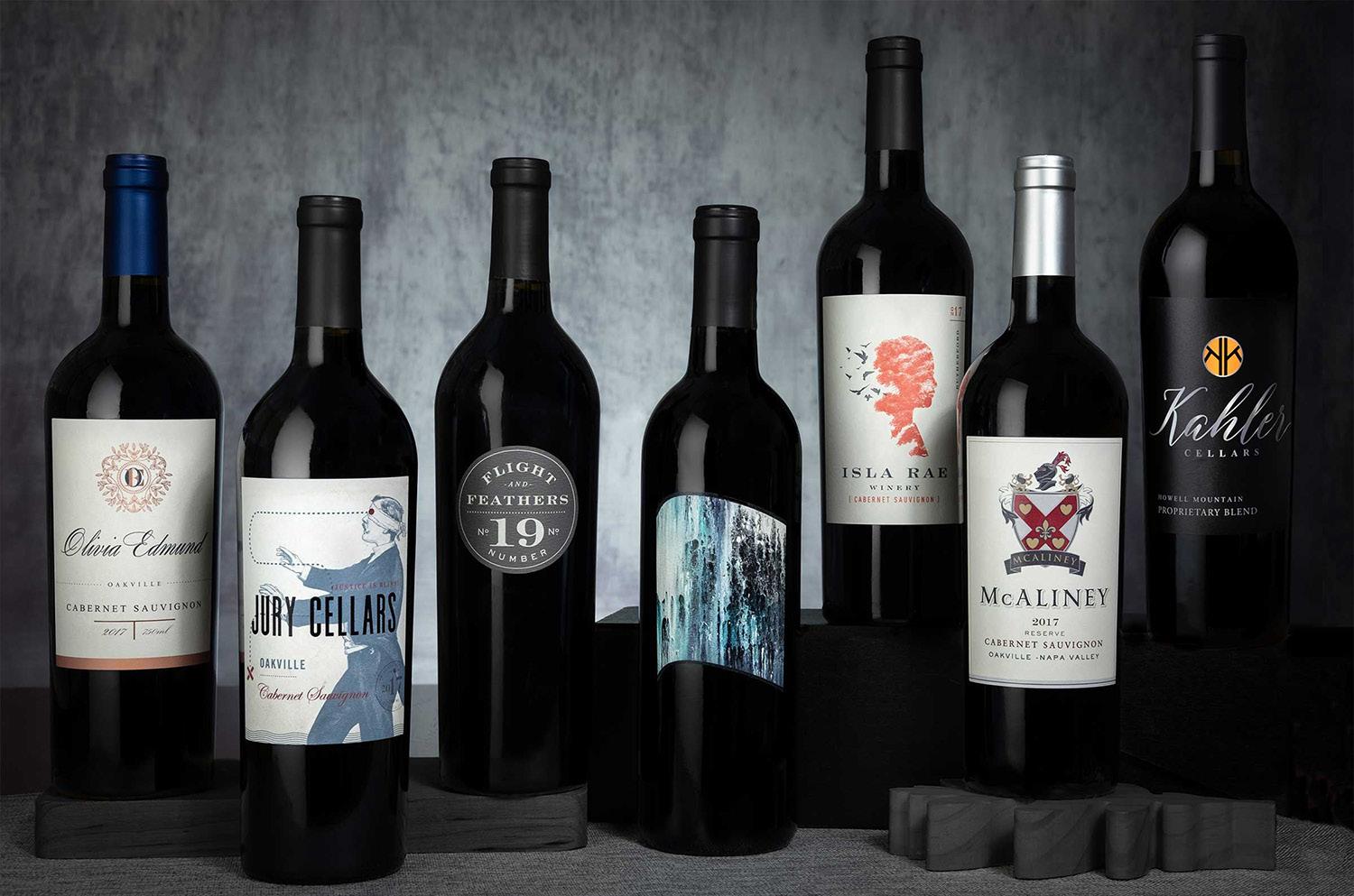
2 minute read
Wine and spirit labels are among the highest quality
Wine and spirit labels are among the highest quality labels printed.
Their designs, embellishments and complex shapes make them a great technical challenge. With all this and more to consider it can be very challenging and sometimes stressful for the printer. But also very rewarding when the labels roll off the press.
Advertisement
Speaking not only for myself but for many printers, when we see our products on the shelf we often pick them up and look at the colour, register, die cutting etc. Job satisfaction and pride in what we do is a part of every print run, but especially if it’s a new job or a press approval.
Most printing companies have a press dedicated to approval for new labels. This is a great opportunity, not only to help the customer achieve their desired new wine or spirit label, but also to work with the ink and art departments and hone your skills in these areas.
This also involves working closely with the finishing department to help reduce waste. As these labels are usually more expensive, it can help reduce costs significantly.
An eye for detail
The complexity of wine and spirit labels requires an eye for detail and knowledge in all areas of printing processes, as the design of a wine and spirit label can range from very simple to complex.
For the printer, the complexity lies in different embellishments such as foil and or embossing, de-lam/relam, lamination, slitting, and complex die-cutting shapes. Some of these labels, especially those for higherend products, have security features or special processes to help the fight against counterfeiting. This also helps winning new jobs and makes the press capable of printing a diverse range of products.

Using foil and embossing is widespread as they provide not only a visual effect but also a haptic appeal. Putting these processes together is challenging and it’s common for print to be applied to these areas as well, producing a more appealing and attractive label.
Importance of a flexible press
Some labels can consist of 13 or even more colours depending on complexity, design, and press configuration.
Operator focused
Larger combination presses usually have the top printers operating them as they require more attention to detail, quick identification of problems, knowledge of the processes and jobs, as well as quicker set up and wash up times.
This requires a press that has a configuration of units that are either set with additional rail units, a combination press that is fixed, or inter-changeable units. Because each job is different with different colour sequences, printing processes, and embellishments, your press must be flexible to accommodate the job at hand. It can be difficult to find good printers and keeping them can, for various reasons, be even more difficult, so it’s important to be not only product- but operator-focused. Kane Marsh
By Kane Marsh is Regional Printing Instructor Asia Pacific with MPS Systems Asia










